Fresh eggs, warm from the coop, laid by a contented flock of beautiful birds. It’s the stuff of self-sufficient dreams, isn’t it? A flock of laying hens is integral to the fabric of the homestead, giving you a wonderful source of nutrition for a small amount of infrastructure and work. But for those who are dreaming chicken dreams, it can be hard to figure out what the best egg laying chickens are.
Talk to any chicken keeper and ask them which chicken is best for egg production, and I guarantee you’ll get a different set of answers with every person. Some want year-round egg production, others want huge eggs, some need birds that suit their climate, or birds who can be happy in a small space.
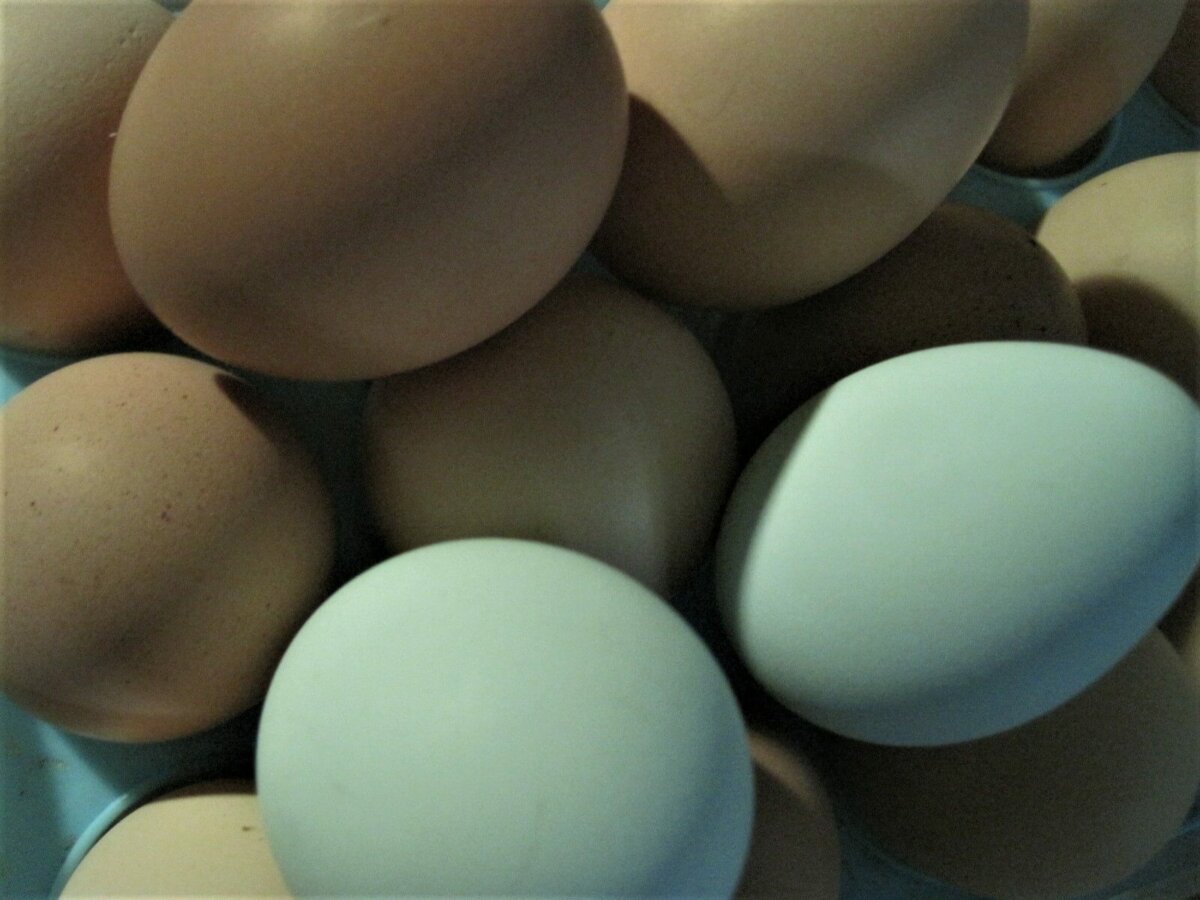
I see this as part of the beauty of chickens. There is an adventure of options that can suit almost any setup. There are breeds that were bred specifically for egg production, of course, but that isn’t everything to a chicken. There are also exceptional individuals who fly (or at least floof) in the face of predictability, regardless of breed.
So with a host of variables in mind, I have arranged this list of the best egg laying chickens. As an opinionated chicken keeper myself, these are the breeds that I would recommend — but, of course, there are hundreds of other chicken breeds to consider. Here are some of the best egg laying chickens (capable of laying at least 200 eggs a year) that are generally easy to find and afford. If you are new to raising chickens for eggs, I guarantee one of these breeds is a good place to start.
Rhode Island Red
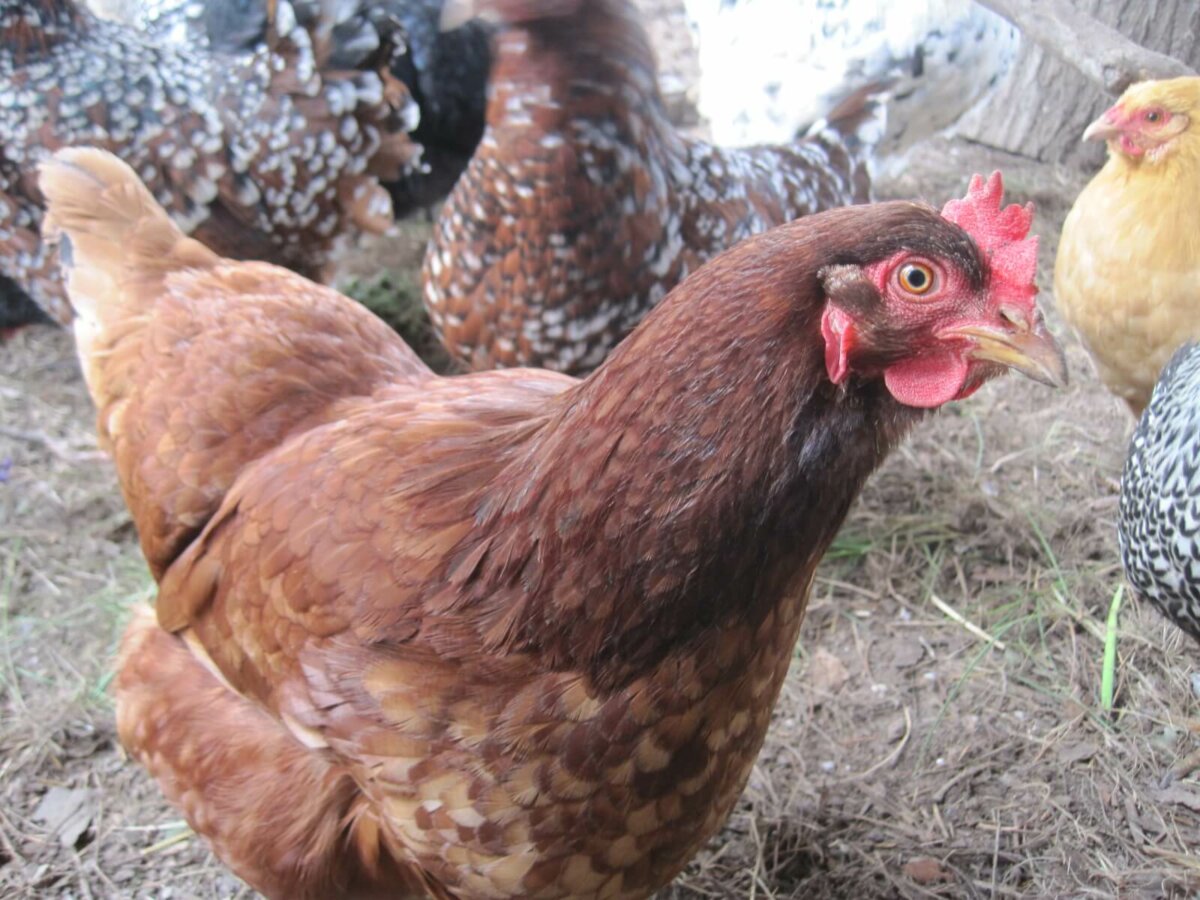
Best Egg Laying Chickens for Small Back Yards
- Average Eggs per Year: 150-250
- Egg Color and Size: Large to extra-large, brown
- Personality: Friendly, bold, inquisitive
- Average Hen’s Weight: 6.5 pounds
This was the hardest category for me. There are dozens of docile, wonderful chicken breeds that are ideal for serving a family, but if I could only choose one breed for producing backyard eggs, it would have to be the Rhode Island Red. RIR hens are classics — the stereotypical red barnyard hen.
These friendly birds are among the most common breeds kept by Americans, and they’re popular for a reason. They’re pretty much everything you could possibly want: good at foraging, content to be confined, disinclined to fly, and hardy. They are easy keepers no matter what your setup may be. These plucky poultry are not inclined to brood, so they’ll focus on producing eggs instead.
Australorp
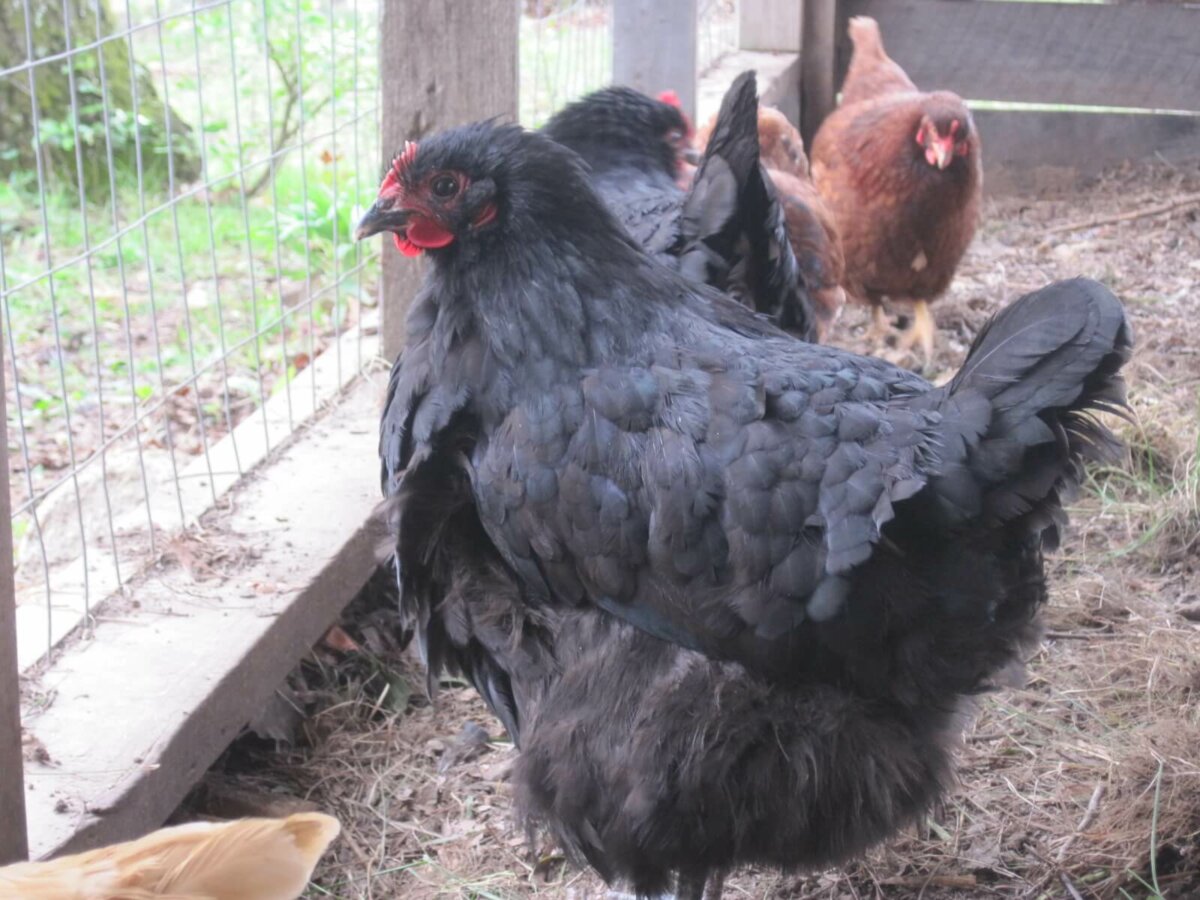
Best Egg Laying Chickens for Producing the Most Eggs in a Year
- Average Eggs per Year: 200 plus
- Egg Color and Size: Medium brown, sometimes with speckles
- Personality: Calm, quiet, docile
- Average Hen’s Weight: 6.5 pounds
A team of Australorp hens set the current world record for the most eggs laid in a single year — an incredible average of 309.5. No chicken can lay an egg every day but c’mon, that’s pretty darn close. While a backyard Australorp probably won’t lay quite that many eggs, you should expect at least 200 eggs a year.
These iridescent black birds are gentle and quiet, content with both a lot or a little space. Though they are one of the best egg laying chickens, they can also be wonderful mothers if let to go broody. These amply-feathered beauties can also tolerate colder climates but may need some extra shade and water to make it through the hottest parts of summer.
Leghorn
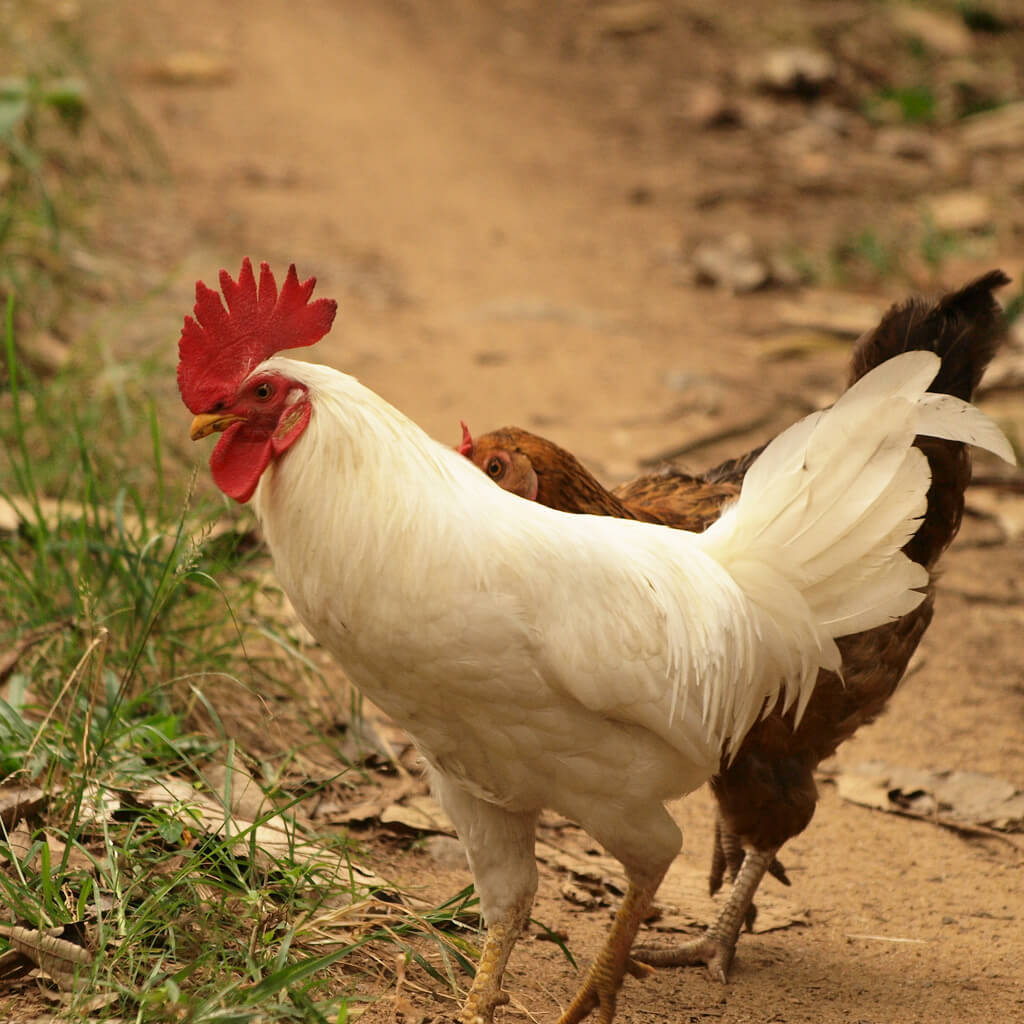
Best Egg Laying Chickens for Producing the Most Eggs in a Year
- Average Eggs per Year: 200-300
- Egg Color and Size: Extra-large white
- Personality: Active, talkative, flighty
- Average Hen’s Weight: 4-5 pounds
An active Mediterranean breed, the Leghorn is long limbed, lithe, and busy. Hardy in the heat, but more sensitive to the cold, their big combs will need some extra protection in the winter months. This active breed is high-strung and good at flying, so don’t give them a fright — they might end up in the trees.
There’s not a broody bone in their bodies, so they’ll focus on giving you as many eggs as they can. They do best with room to roam and space to make sound, so they would probably be productive on a homestead with some acreage to let them live their best lives.
Orpington
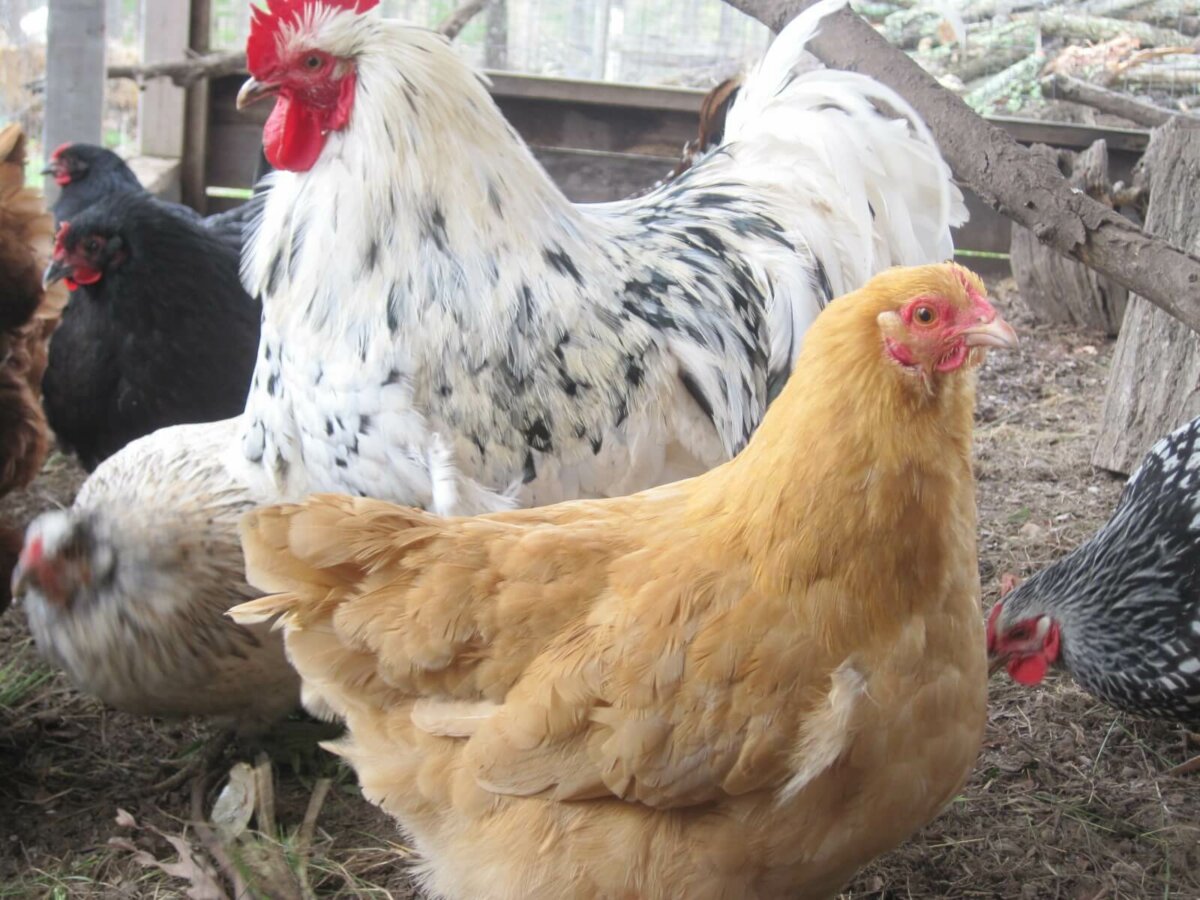
Best Dual-Purpose Egg Laying Chickens
- Average Eggs per Year: 200 plus
- Egg Color and Size: Large, tinted to brown
- Personality: Gentle, friendly, charming
- Average Hen’s Weight: 8 pounds
Few could say anything bad about an Orpington hen. Excellent as a meat bird, good at laying eggs, and able to brood her own young, an Orpington is truly a Jill-of-all-trades that may suit your homestead perfectly. They are gentle birds that are incredibly patient with people, and content to be picked up, carried, or just pet on the wattles.
These big, beautiful birds can forage on a large homestead, or they can peck at your homemade chicken scratch in a smaller coop. I honestly have nothing but positive things to write about Orpington hens — and roosters, for that matter. If you have no idea what bird to get for your first flock, this is probably one of the best breeds to help you learn about egg laying.
Easter Egger
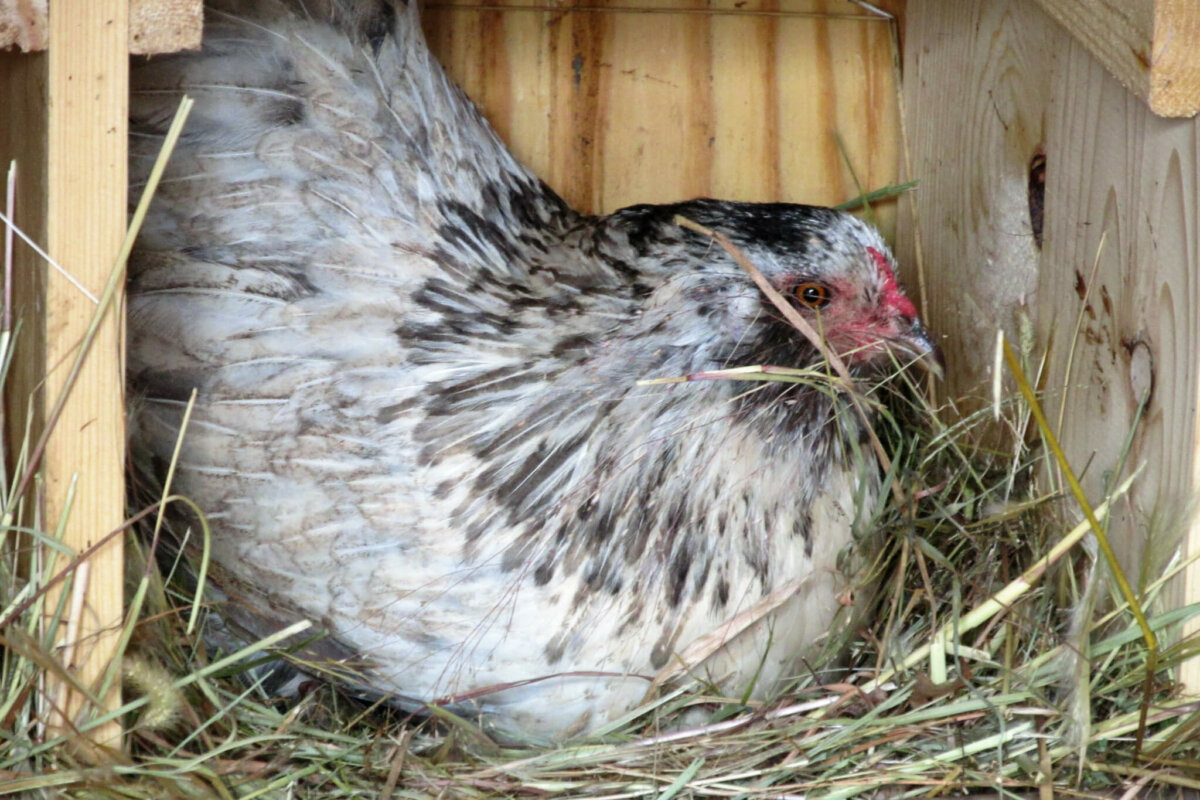
Best Hybrid Egg Laying Chickens
- Average Eggs per Year: 200
- Egg Color and Size: Medium to extra-large, blue, pink, green, brown
- Personality: Friendly, people-oriented, docile
- Average Hen’s Weight: 5 pounds
Easter Eggers aren’t a true breed and they won’t produce true offspring, but they may be just the birds you want for the small homestead. With the potential for beards, muffs, and a huge range of colors, every one of these hardy birds is a work of art.
Though they are on the small side, they can produce surprisingly large eggs. Their most known attribute, however, has got to be rainbow of colors that a flock can lay. Each bird will produce her own distinct color, adding to the individual’s unique charm.
Ancona
Best Egg Laying Chickens for Hot Climates
- Average Eggs per Year: 180-220
- Egg Color and Size: White
- Personality: Alert, active, standoffish
- Average Hen’s Weight: 5 pounds
Typical of Mediterranean breeds, the Ancona hen is flighty, alert, and not too keen about sitting on the multitude of eggs she’s going to lay.
With an attractively large comb and close-held feathering, she can handle the hottest of summer days far better than fluffier breeds, but she’ll definitely need some extra protection during winter. If you’re looking for a self-sufficient breed that can roam for food and keep a sharp lookout for predators, the wary Ancona is up for the job.
Sussex
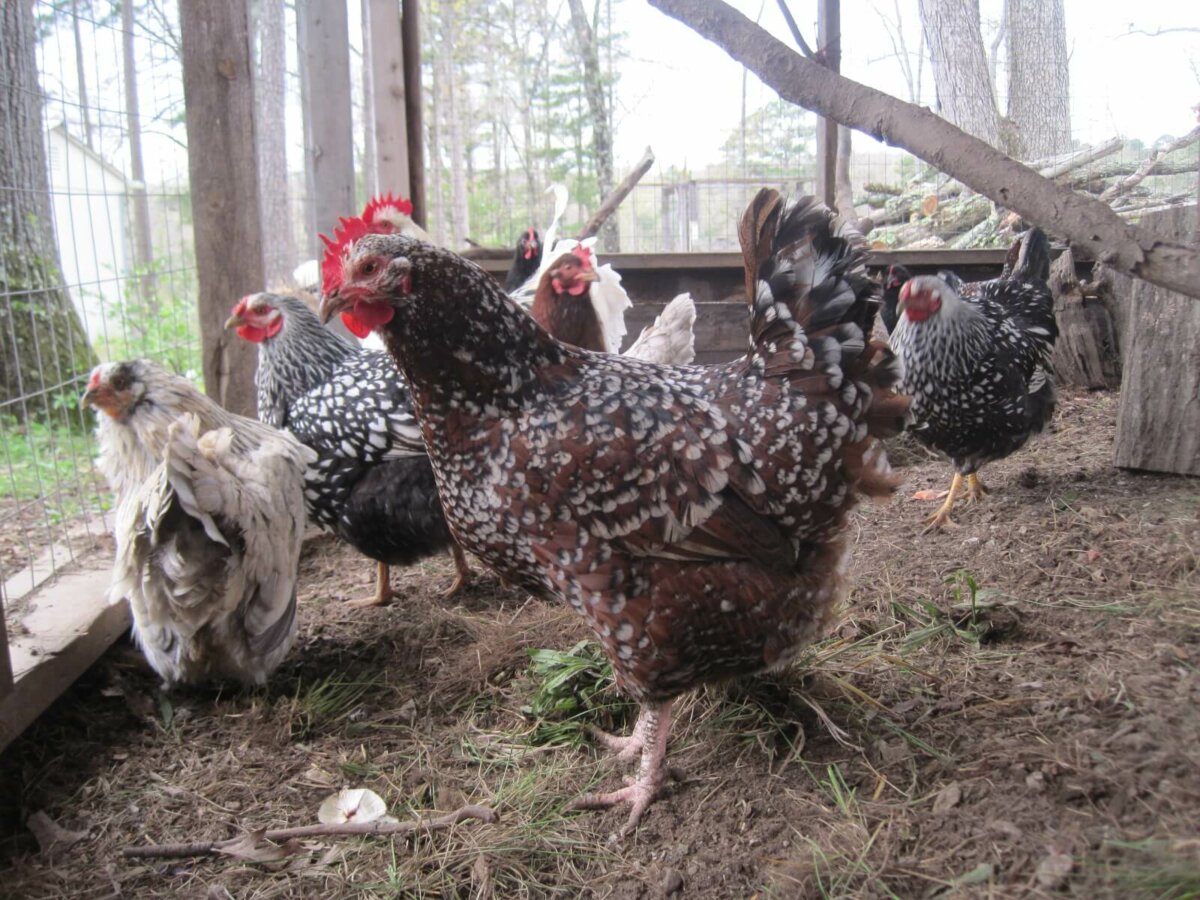
Best Egg Laying Chickens for Cold Climates
- Average Eggs per Year: 250
- Egg Color and Size: Large brown or tinted
- Personality: Personable, active, gregarious
- Average Hen’s Weight: 7 pounds
Developed in the cloudy, rainy climates of England, the Sussex doesn’t mind winter’s chill. In our flock, these sprightly spotted hens are usually the ones to keep laying even when the other birds have shut down for the winter.
They are a bigger breed, and they’re also big on personality and friendliness. You may find that they follow you like a feathery, treat-seeking dog. Though I find them to be one of the best egg laying chickens that produce large eggs, they’re also heavy enough to be an excellent heritage meat bird.
The Chantecler is a close runner-up for this category, but the Canadian-derived breed is difficult to find. After a near brush with extinction in the 1970s, the snowy white birds have slowly started to re-emerge on the poultry scene. If you can find one of these docile birds, they should lay around 150 to 200 eggs a year no matter what the weather.
Dominique
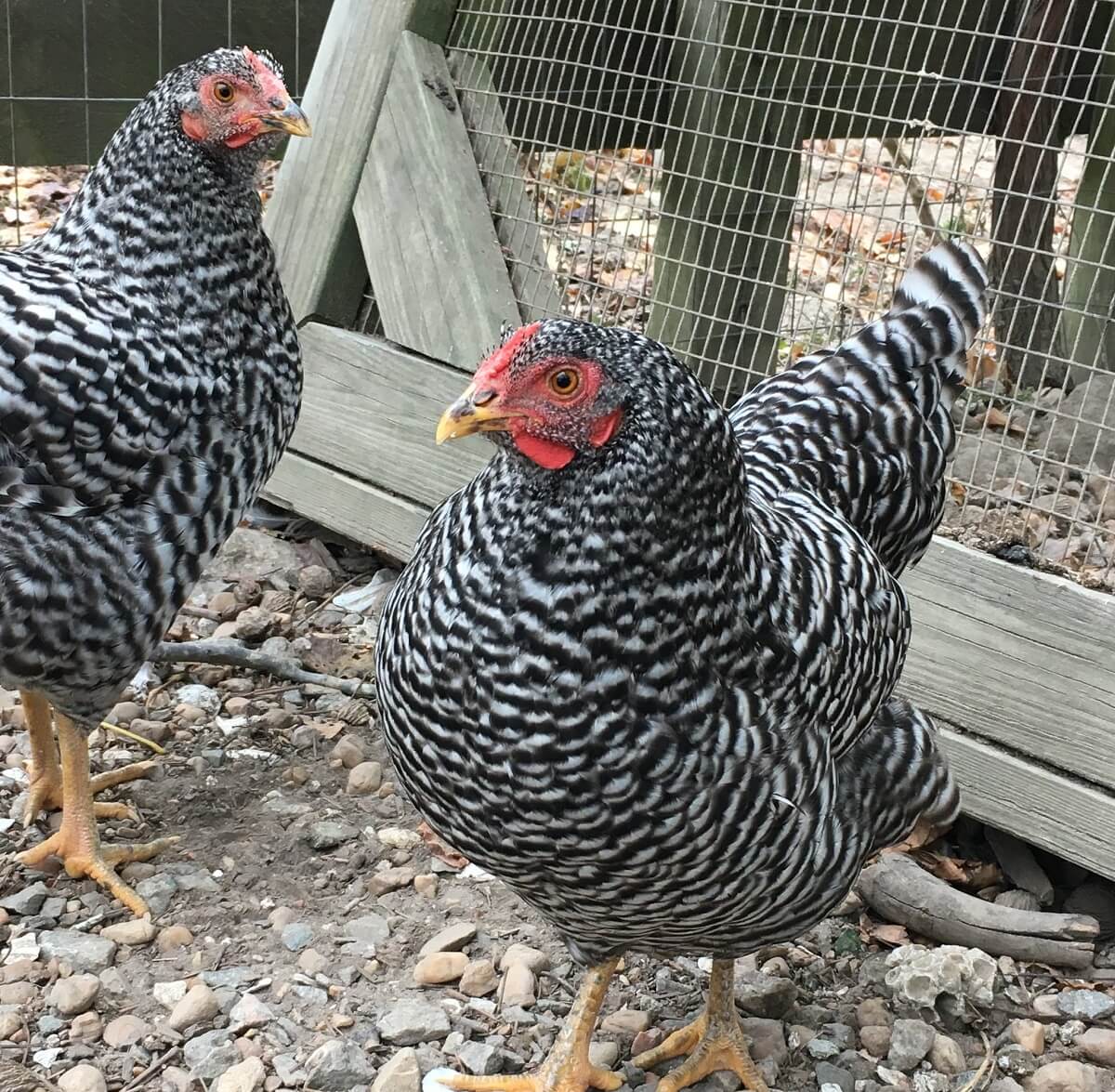
Best Egg Laying Chickens to Save From Extinction
- Average Eggs per Year: 230-275
- Egg Color and Size: Small to medium brown
- Personality: Self-reliant, hardy, calm, gentle
- Average Hen’s Weight: 5 pounds
The cuckoo-feathered Dominique may no longer be easy to find, but I believe it’s worth keeping. The first dual-purpose chicken breed developed in colonial North America, these sturdy, tough-natured chickens were one of the most common hens found in 1700s homesteads.
Though the Dominique doesn’t lay the biggest eggs or produce the meatiest carcass, it may be exactly enough for a family who just wants a flock of dependable birds to provide for their own needs. If you are able to raise a flock of these special little birds, you’ll be part of the effort to pull their fascinating genetic history from the brink of extinction.
No matter what breed (or breeds!) you use to fill your coop, I think we can all agree that life is better with chickens, and breakfast is better with homegrown eggs. So if you have never kept chickens but want to, why not start now? There’s no better time to get a safe coop built, throw in some clean, sweet-smelling straw, and welcome your first wonderful flock into your life.
Obviously, picking a breed is just the start. Let’s keep the conversation going! If you could only have one bird in your flock, what would it be? Which breeds have won your heart and filled your basket with eggs? Contribute to the conversation in the comments below and let us know your opinion.


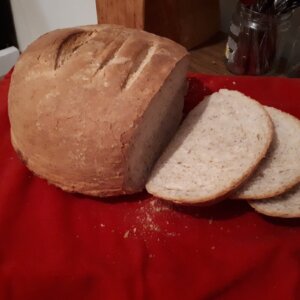
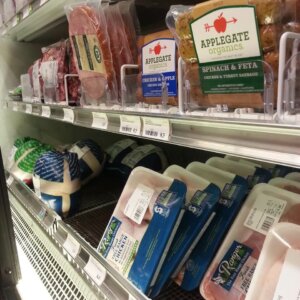
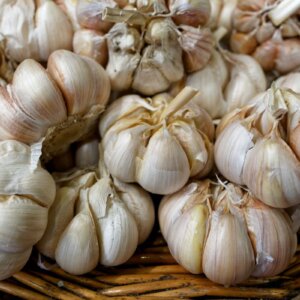


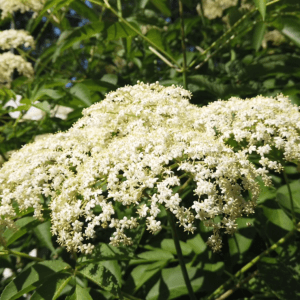



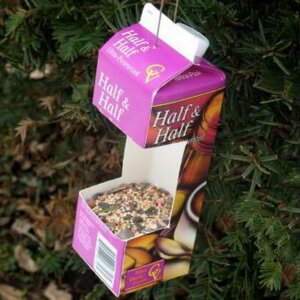













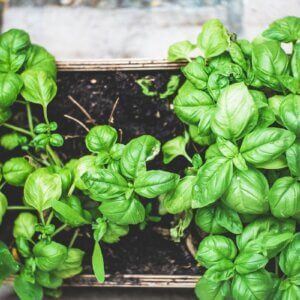
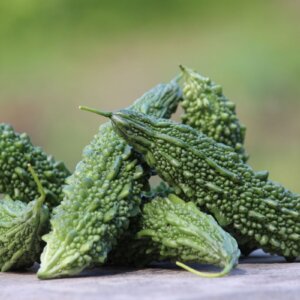


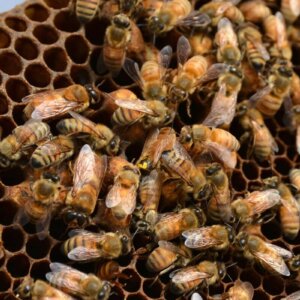
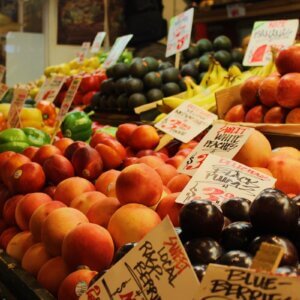

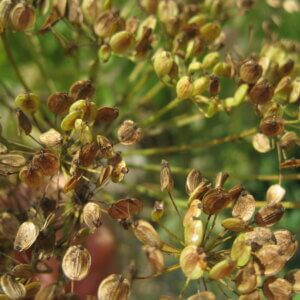







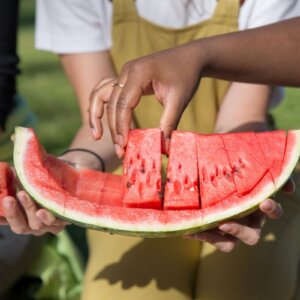

I have started my flock with 10 Black Jersey Giants and 4 Black Copper Marans. They’re 6 wks old now, and I have them in two different chicken tractors. I have fell in love with the Marans as they are very gentle and calm and up until they were 4 1/2 weeks old they would hop into my hand, and perch on my fingers while I raised them to my face and talked to them. They don’t prefer to be held but they will tolerate it without to much fuss, but they always come running to me every time I come near the coop. They will let me pet the front of their neck though. The Black Jersey Giants are more skiddish but come to the door when I approach hoping for a treat. Then run like my hand is the devil and about to kill them when I reach into the coop to give them the treat! Soon as I close the door the ponce on the treat though LOL. The only exception is the smallest hen of the bunch. She has always been the first one to try anything new. I named her Braveheart! LOL She’s the smallest but the most brave and curious of the bunch. She is the only one that doesn’t run when I reach my hand in and she will even let me pet her neck now and then. She is very curious about that door and what’s on the other side of it! LOL
That sounds like a double-chicken-tractor load of adventure! I have found a similar thing with my own chickens and ducks–often, the smaller ones are much more people-oriented than the bigger ones. No idea why, but it sure makes them endearing. Thanks so much for your story, Brenda! Hope those birds grow up well and keep the smiles coming. 🙂
Don’t laugh..nah go ahead, it’s ok. I have been collecting pallets (free at the dump) and will be making my girls’ coop from them. I have about 1 1/2 bundles of shingles and some corrugated fiberglass (or plastic) lots of 2×4 and 1×3 lumber 3- 5/8, and
1 1/2 plywood. All frreee… had to buy screws and staples.
So, what do you know about Isa Browns? A friend up north, loves them.
I’m starting to build in my cellar…